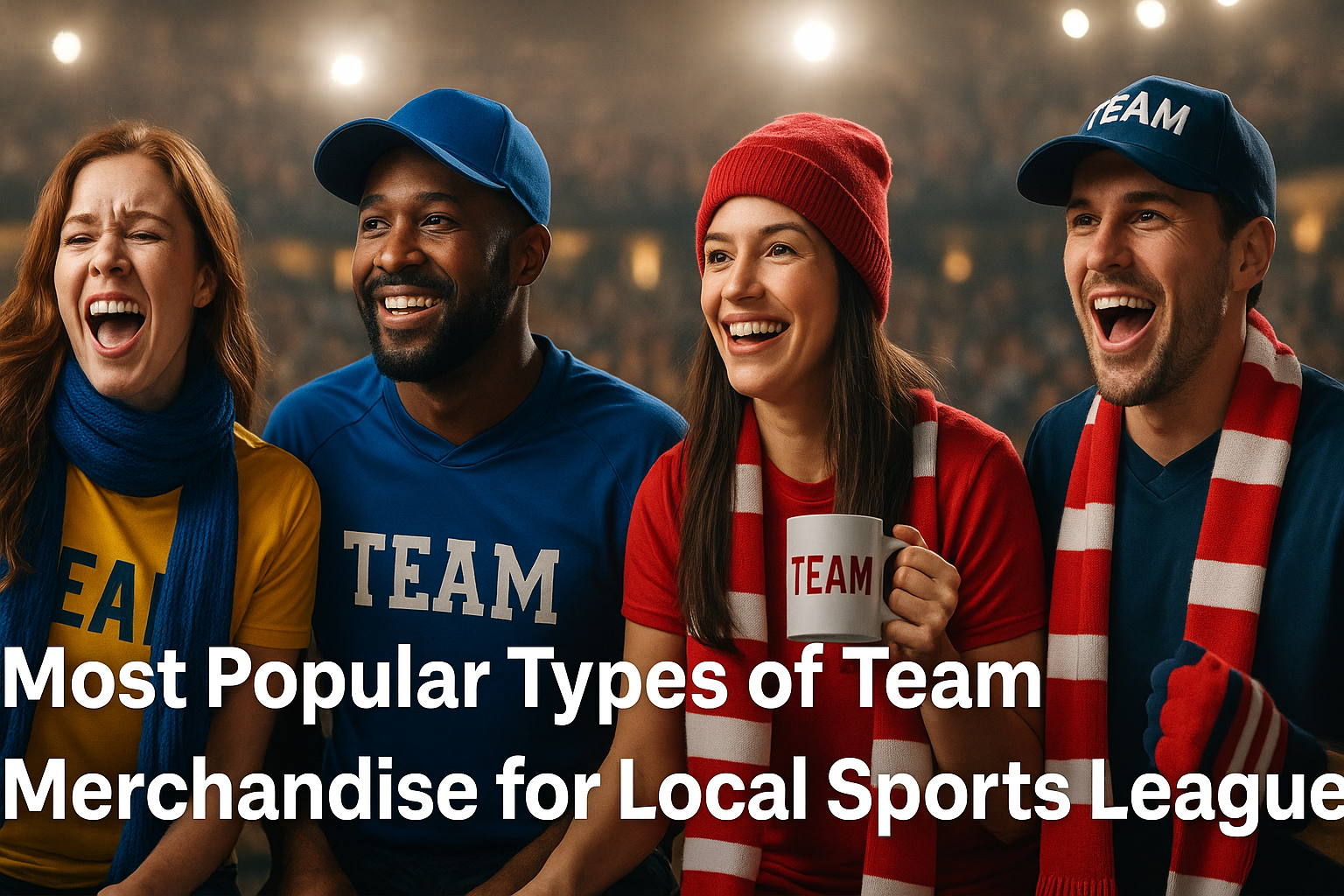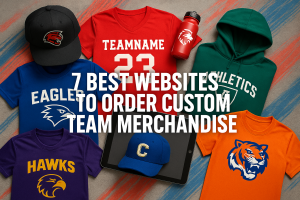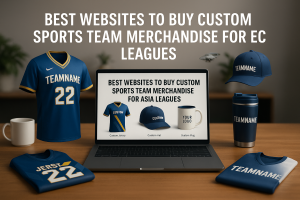Local sports leagues are more than just weekend games and friendly rivalries. They are an expression of community, camaraderie, and a shared love for activity.
One way teams foster unity and represent their identity is through team merchandise. Whether it’s a rec soccer league wanting custom jerseys or a neighborhood basketball squad seeking cool fan gear, team merchandise ties everything together.
In this post, we’ll explore why team merchandise matters, break down seven of the most popular types of merchandise for local sports leagues, discuss how to source and customize products, and share best practices. By the end, you’ll have a clear path to picking the right items for your team or community event. Let’s get started!
Why Team Merchandise Matters
Team merchandise serves a bigger purpose than just looking good on the field or court. It creates a sense of pride and togetherness by giving players and supporters a tangible piece of their team’s culture.
According to market.us, the global licensed sports merchandise market was worth around USD 35.6 billion in 2024 and is expected to reach USD 56.4 billion by 2034. This huge growth isn’t just for professional leagues—local teams also benefit from the surge in demand for gear.
Another reason team merchandise is important is fan engagement. Even at the smallest level, wearing apparel or gear with your team’s logo turns casual fans into loyal supporters. Families and friends want to show their backing, and players feel more excited hitting the field in matching uniforms.
Plus, with online shopping on the rise—online retail accounted for 57.6% of distribution in 2024—printing and selling your own local league goods has never been easier.
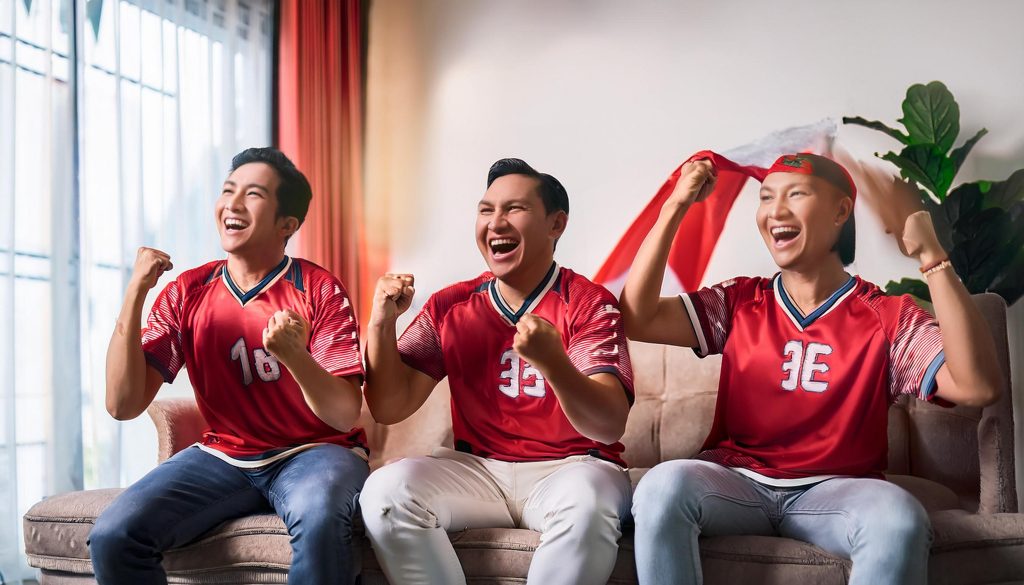
7 Most Popular Types of Team Merchandise for Local Sports Leagues
When it comes to picking the best team merchandise, it’s all about practicality, affordability, and style. Below are seven options that local teams often find valuable.
- Custom Jerseys
Jerseys remain the gold standard of team merchandise. Most people instantly recognize who you’re representing when you wear a jersey. Modern technology allows for high-quality printing and durable fabrics so your jersey can withstand repeated practices and games. Many teams opt for fully customizable options, adding player names, numbers, and sponsor logos. Providers like Edgy Sport help local leagues design and order professional-quality jerseys in flexible quantities, making customization accessible to teams of all sizes. This personalization trend reflects the wider push for customization in sports items, noted as a growing trend in the licensed market by various research agencies. - T-Shirts and Hoodies
T-shirts and hoodies make great team merchandise for off-the-field gatherings. They are perfect for promoting your team around town or selling to supporters who want everyday wear. In 2023, apparel held the largest share of the licensed sports merchandise market at about 45% of total revenue. That popularity at the professional level often trickles down to local team gear. T-shirts and hoodies are easier to produce, cost-effective, and versatile—perfect for kids and adults alike. - Hats and Caps
Headwear is a fun and functional type of team merchandise that people can wear year-round. Hats come in handy for sun protection during outdoor games, and they add a unique statement to an outfit. New Era Cap, LLC has become a go-to for major sports leagues, but smaller teams can order custom embroidered caps just as easily. It’s an easy way to let fans show support without needing to commit to a full jersey or t-shirt. - Sports Bags and Backpacks
A well-designed bag or backpack not only carries equipment but also shows off team colors. Local athletes often need gear that can handle traveling to and from practices, and a sturdy bag with a team logo brings a sense of unity. Tools like Printful and Teespring make it possible to design these items in bulk and have them shipped directly to players or fans. - Drinkware and Water Bottles
Hydration is a crucial part of any sport, so custom water bottles or tumblers can be a practical piece of team merchandise. They’re also highly visible on the sidelines, making them an ideal promotional tool. You might add each player’s name or a team slogan for a personal flair. Successful teams often focus on providing gear that players will continuously use, which enhances brand recognition. - Stickers and Decals
Sometimes the smallest items pack the biggest punch. Stickers and decals can adorn a player’s helmet, a coach’s laptop, or the back of a car. They’re cost-effective and easy to distribute, so your supporters can stick them wherever they want. For local leagues on a tight budget, stickers and decals are a quick strategy to spread the word and reach more fans. - Promotional Accessories (Keychains, Wristbands, etc.)
Smaller accessories like keychains, wristbands, and lanyards are easy to produce in larger quantities and fit nicely into any fundraising or merchandise plan. These items help raise extra funds for local sports leagues and give fans affordable ways to represent their favorite teams. Collaborations and limited-edition runs can make such items collectible, driving even more interest.
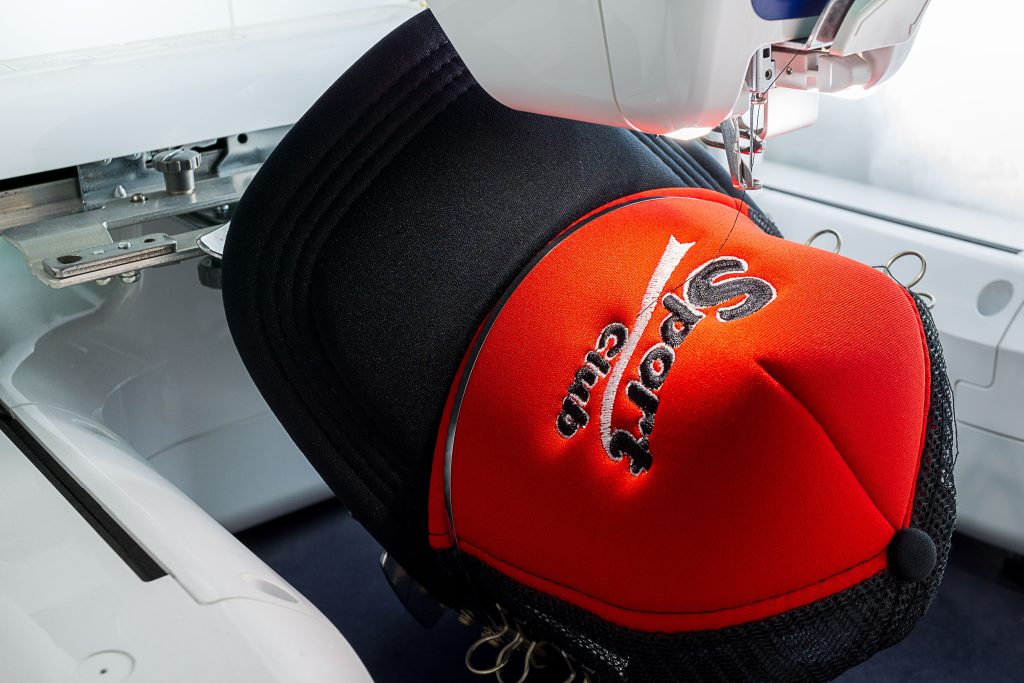
Sourcing and Customizing Team Merchandise
Once you’ve decided on the type of gear you want, the next step is finding a reliable source. With e-commerce on the rise, there are countless ways to produce and sell your team merchandise without the hassle of managing inventory. Here are a few tips:
1. Consider On-Demand Printing Platforms
Services like Printful and Teespring let you upload your design to various products, from jerseys to hoodies to mugs. Once someone orders from your online store, the company handles printing and shipping, helping you avoid any upfront stocking fees. E-commerce sales for sports merchandise continue to climb—with experts predicting that online channels will grow at a 7.7% CAGR from 2025 to 2030—making it an excellent option for local teams.
2. Partner With Overseas Suppliers Carefully
If you opt to work with suppliers in regions like Asia Pacific, remember that the licensed sports merchandise market there is set to grow at a CAGR of 5.7% from 2025 to 2030. Companies like Li-Ning and other manufacturers offer competitive pricing packages. However, make sure to communicate expectations clearly and account for shipping times, import taxes, and quality control. Using design tools like Canva can help you create clear mockups and reduce misunderstandings during production.
3. Support Sustainable Practices
Many fans and players are increasingly aware of environmental concerns. Brands like Adidas and Puma have eco-friendly lines. Even smaller local leagues can seek out sustainable fabrics or printing processes that reduce waste. Offering these sustainable options can set your team apart and align with a global shift toward greener practices—an approach identified as a key trend in sports merchandise.
Best Practices for Buying Team Merchandise
Now that you know what to buy and how to source it, the last piece of the puzzle is following some best practices. Smart buying strategies lead to better results, saving you time and money.
1. Plan Early and Set a Budget
Whether you’re a weekend warrior or city-league organizer, decide your timeline and budget well in advance. Gathering quotes from multiple suppliers helps ensure you don’t overspend. Keep in mind that offline distribution channels—like local print shops or sports retailers—still hold a significant market share, at around 66.9% in 2024. Going local might mean easier shipping and faster turnarounds, but it could be pricier. Weigh your options against your team’s overall budget and time constraints.
2. Get Input From Players and Fans
Not sure which design or item to pick? Crowdsourcing ideas can increase engagement, ensuring people actually want to buy the final product. Surveys on social media, for instance, can be managed via tools like Hootsuite, giving you a quick read on what resonates with supporters. Fanatics, Inc., a leader in digital sports merchandising, often bases product lines on fan input, demonstrating that listening to your community can boost sales and loyalty for local teams, too.
3. Focus on Licensed Designs if Applicable
Even local teams sometimes partner with bigger organizations for fundraisers or special events. If you’re using trademarks or logos from major sports leagues or well-known brands, be sure to follow licensing rules to avoid legal hiccups. The global licensed sports merchandise market is expected to grow, indicating that trademark rules and licensing guidelines may become even more stringent in years to come. Better safe than sorry!
4. Prioritize Comfort and Durability
The pros are not the only ones who need high-quality gear. Local leagues want items that can withstand repeated use. If you’re sourcing apparel, check fabric quality, stitching, and colorfastness. For accessories like hats, water bottles, or backpacks, durability ensures people can proudly use them for multiple seasons.
Conclusion
Team merchandise is more than a collection of items; it’s a cornerstone of team spirit and fan engagement. From classic custom jerseys to trendy sustainable materials, picking the right gear can unite players, families, and supporters like never before.
As global licensed sports merchandise approaches USD 56.4 billion in value by 2034, there’s ample opportunity for local leagues to tap into this excitement.
Whether you’re a team captain or a budding entrepreneur, consider the tips above to make informed decisions about your team merchandise. By planning carefully, focusing on customization, and exploring both local and global sources, you can create products that help your team stand out and generate extra support.
In the end, well-chosen merchandise amplifies the fun of the game, strengthens community ties, and celebrates the spirit of local sports. Go forth and turn your ideas into printed reality!

